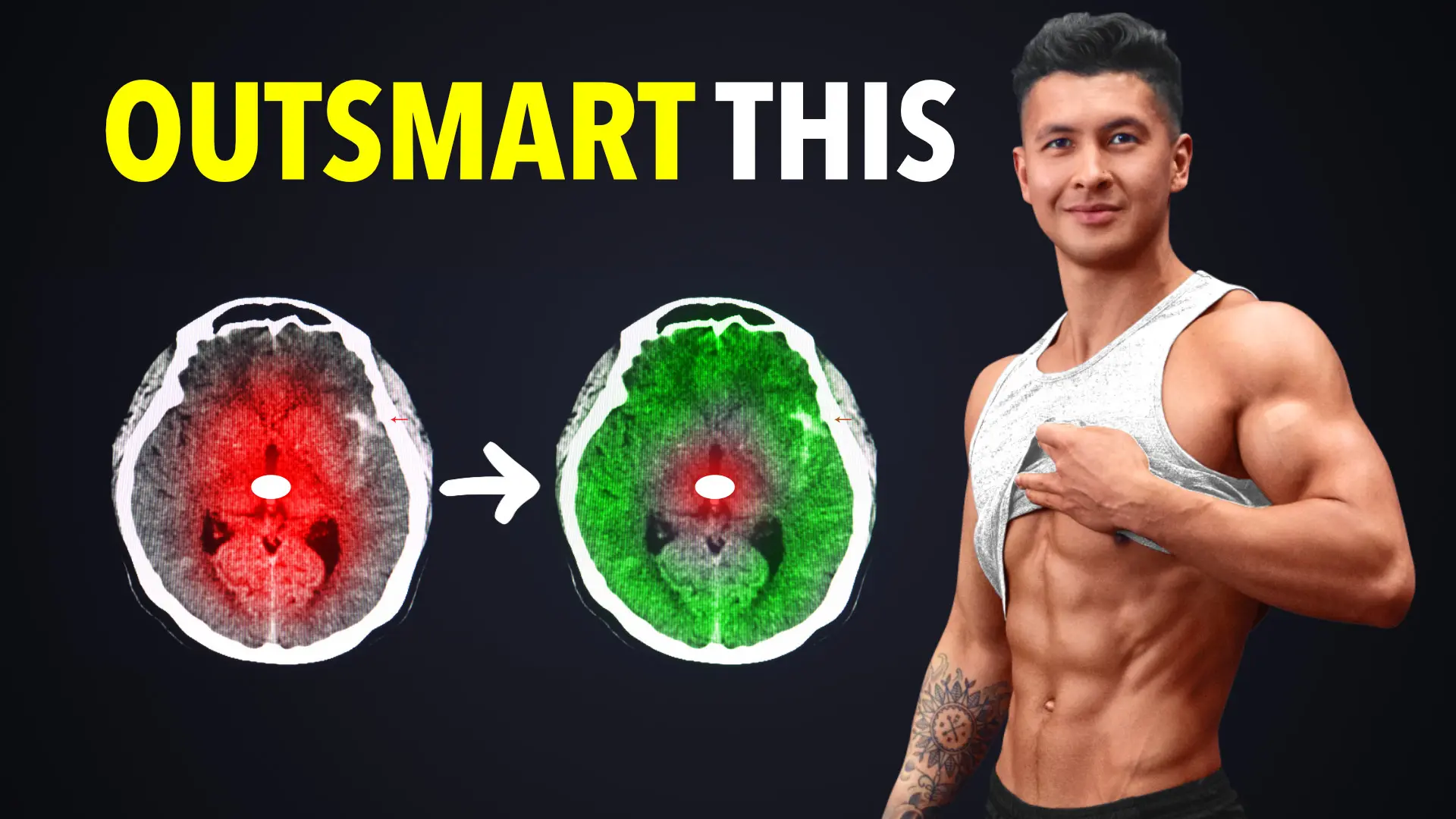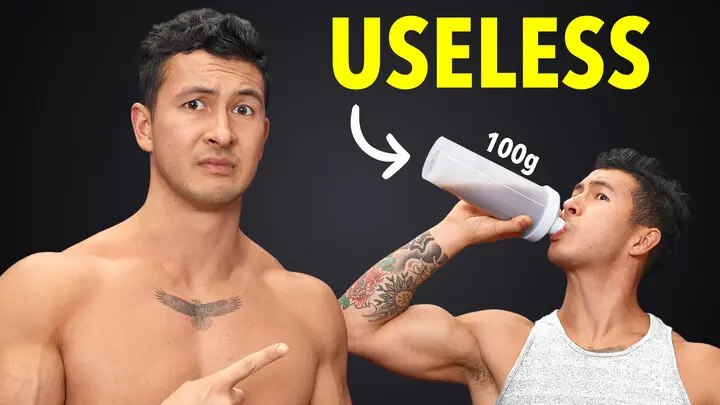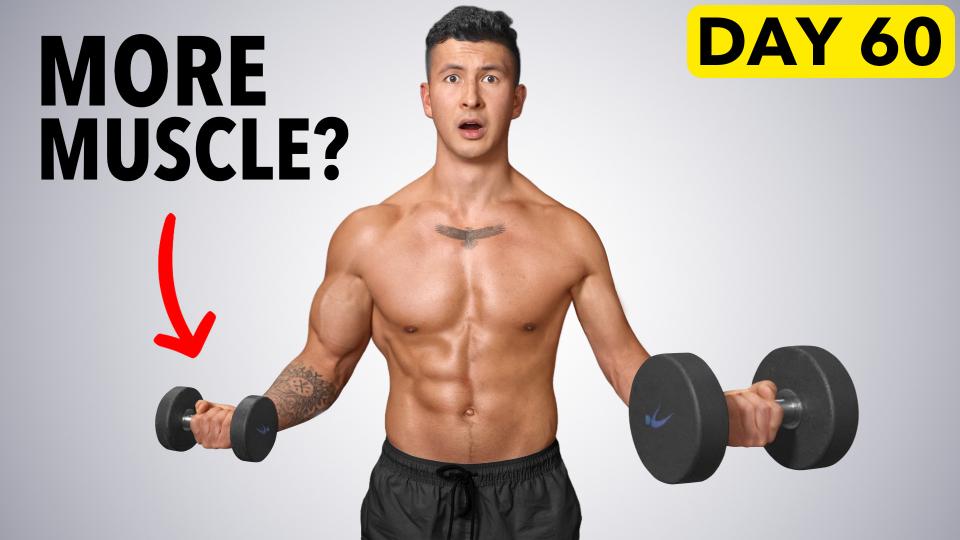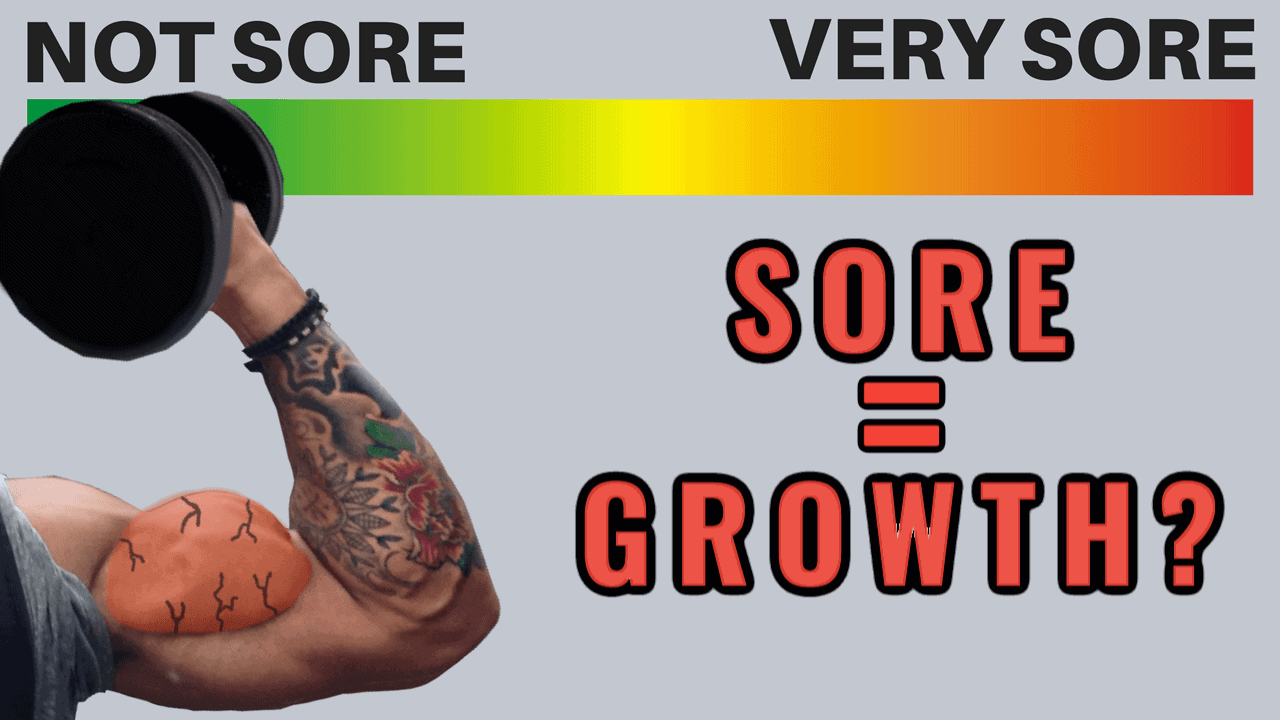
Does Muscle Soreness Equal Muscle Growth?
If you want to learn whether muscle soreness equates to muscle growth or not, then you need to read this article.
It’s a common belief among lifters that the more muscle soreness you experience after your workout, the more your muscles will grow. This often leaves people disheartened when they don’t experience soreness after their workout, and convinces them to do anything they can in order to achieve the muscle soreness they once felt.
But does muscle soreness actually matter in terms of muscle growth? Well, to answer this let’s first take a look at what exactly muscle soreness means and what causes it.
By the way: if you're looking for a training program that'll always help you train in the most optimal approach for muscle growth, I've got just the thing for you. Every BWS program is designed to help you focus only on the things that truly matter for muscle hypertrophy. And best of all? It's all rooted in science. For more information on how BWS programs can help you to look better - FAST:
Click the button below to take my analysis quiz to discover the best program for you:
↓
What do Sore Muscles Mean ("DOMS")?
Muscle soreness, also commonly known as delayed onset muscle soreness, or “DOMS”, is the term used to describe the soreness you feel as a result of your workout. Although the specific cause of DOMS is relatively unclear, it's hypothesized to be a result of the microscopic tears in the connective tissue holding your muscle fibers together. These microscopic tears can be caused by resistance training or just a novel stimulus in general.
Muscle soreness is viewed as important for muscle growth because as shown in Brad Schoenfeld’s 2010 study, muscle damage is one of the 3 main mechanisms of muscle growth.
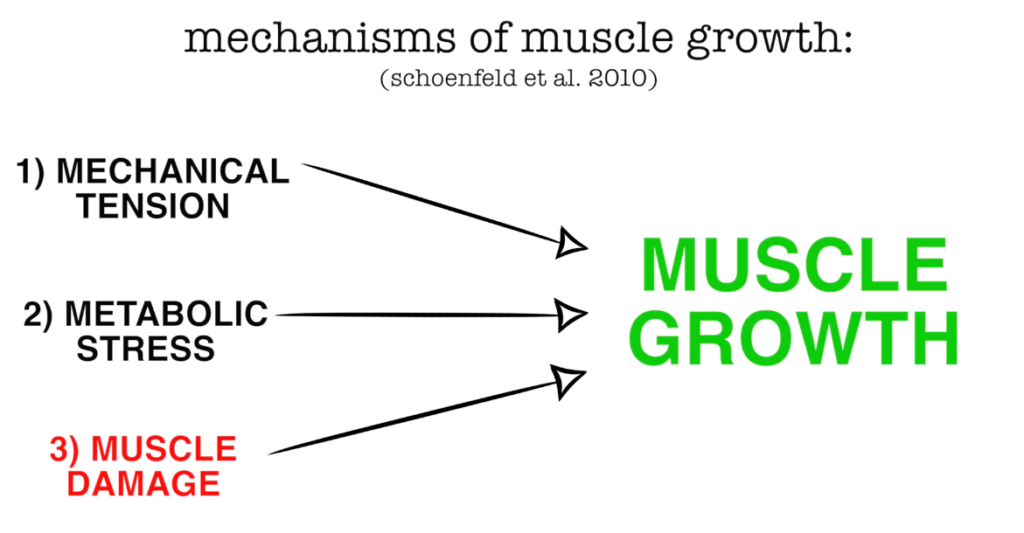
Now this doesn’t mean that muscle damage is required for muscle growth (research shows that muscle growth still occurs without muscle damage), but it may provide an additive or synergistic effect to the other mechanisms.
And since studies show that muscle soreness is definitely an indication of whether muscle damage took place or not, one would assume that more muscle soreness leads to more muscle growth.
So More Soreness = More Growth?
However, don't jump to conclusions yet. The correlation between muscle damage and muscle growth is poor.
For instance, one anecdotal example and something that is supported by the literature is that some muscles, like the shoulders, don’t experience muscle soreness to the same degree as other muscle groups like the legs or the biceps. Since these muscles that are less prone to soreness still experience growth, it indicates that soreness is not necessary for muscle growth.
Another example is that studies have shown the presence of muscle soreness after long-distance running which many of you can probably relate to. But since running is not associated with significant muscle growth, it once again indicates that muscle soreness is not really suggestive of muscle growth.
The Problems with Muscle Soreness
In addition, too much soreness can be a bad thing if they carry over into your next workouts and cause you to workout with sore muscles. Studies show that training a muscle while it’s still sore can reduce the activation of the desired muscle, reduce the force capacity of the muscle by up to 50%, and negatively interfere with the recovery process.
So for example, imagine you were running an upper lower split and the soreness of your upper body workout carried over into your next upper body workout.
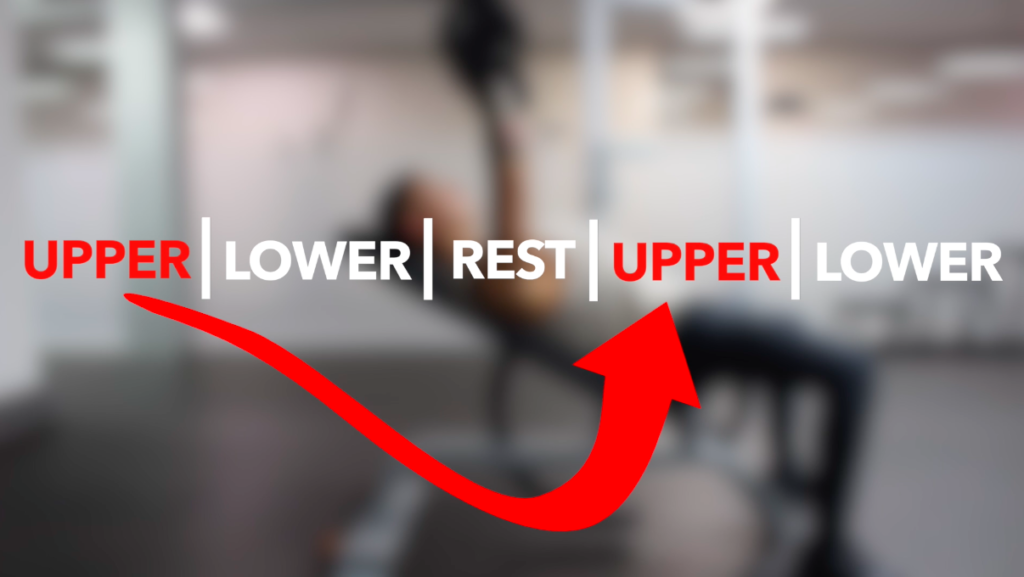
this could potentially hinder your muscle growth in the long run for the reasons previously discussed. So in this case, too much muscle soreness would be detrimental.
Always struggling with too-sore muscles after a workout and can't hit your ideal training volume? Don't worry. Our 3-on-1 coaching program can help. I and my team are going to personally determine the exercise selection, training volume, and frequency, most suitable for you and your goals - helping you achieve your dream physique. Sounds good? Let's get started then:
Click the button below to find out more about the 3-on-1 coaching program:
↓
The Benefit of Muscle Soreness
But with that being said, one thing I do like about muscle soreness is that it’s a good indicator of if you activated the right muscles or not during your workout.
For example, let’s say you were doing a chest workout and the next day you felt the majority of your soreness in your upper traps and front delts as opposed to your chest.
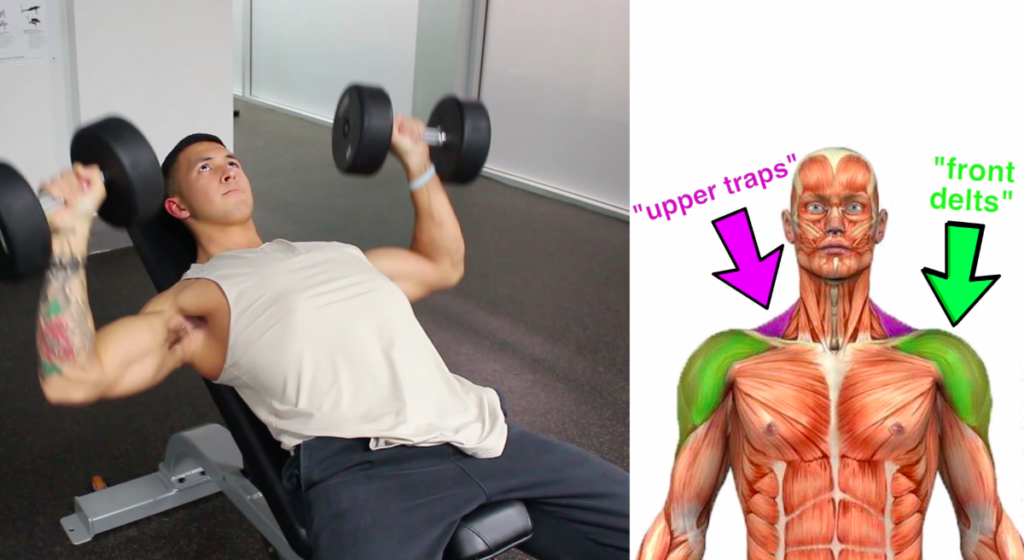
This would indicate that for your next workout you might need to work on your form regarding the chest exercises and focus on establishing a solid mind to muscle connection with your chest.
So pay attention to where your soreness is after your workouts, as it can help indicate if the right muscles were activated.
The "Optimal" Level of Soreness
So to conclude, what you should takeaway from this video is that muscle soreness does not indicate muscle growth. However, there may be an optimal level of soreness that indicates muscle damage took place yet doesn’t compromise recovery or interfere with your next workout.
Scenario 1: So if you’re getting too sore, try initially lowering the volume or intensity of your workouts and ease your way into them overtime.
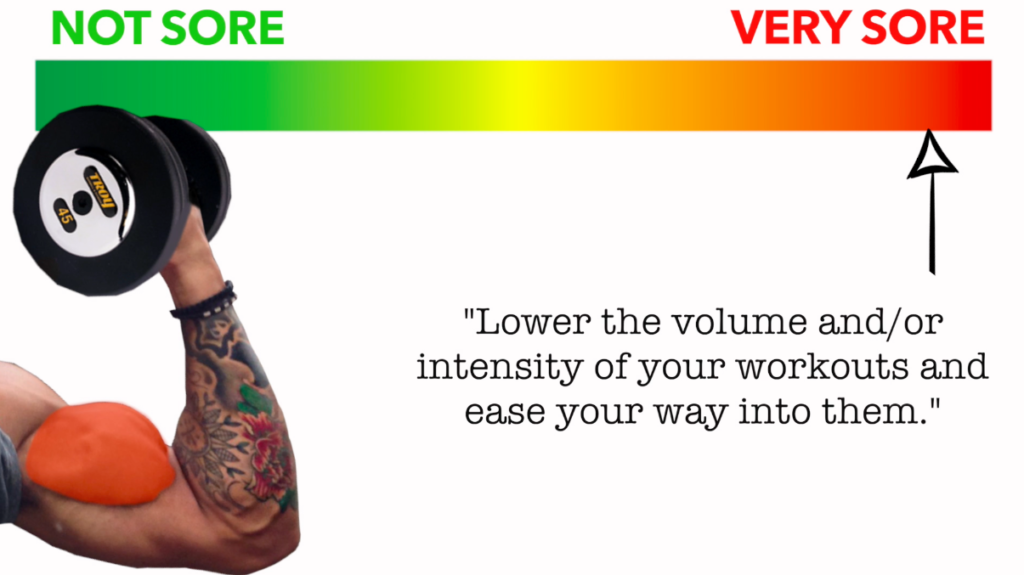
Scenario 2: And if you’re not getting sore at all, it’s not a big deal IF you’re still progressing in your exercises throughout the weeks. Since this progression is what’s going to guarantee hypertrophy and increase muscle damage overtime regardless of if soreness takes place or not.
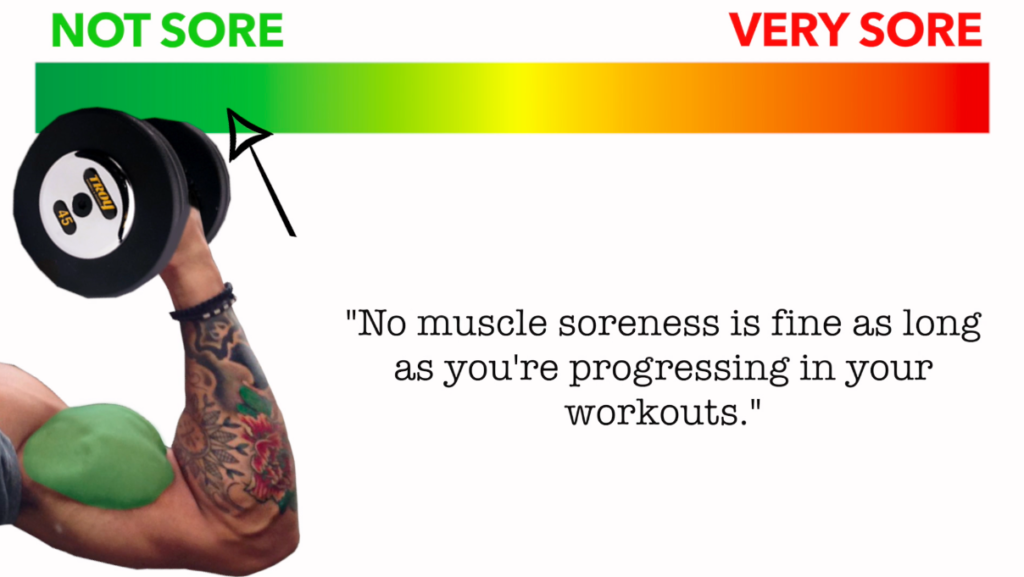
But with that being said, you can potentially induce more muscle damage with a few small changes.
One easy way is by simply changing up some of your exercises. For example, if you've been bench pressing for a while, try switching to a dumbbell press. However, I'd only advise you consider doing this if you've plateaued in your progressions with the exercise that you're switching out.
Another way to induce more muscle damage is by adding in eccentric-specific training into your regimen. You can do this by simply adding in one or two eccentric sets per muscle group with a heavier weight than you’d usually use. For example, slow eccentric bicep curls or bench press (with a spotter) are good options.
As for whether this is superior (in terms of muscle growth) to no eccentric-specific training in your training regimen is relatively unclear. Research is contradictory in this aspect, but the eccentric portion of your lift is extremely important given the high amounts of mechanical tension it elicits. So controlling the weight during the eccentric portion of any exercise should be mandatory in your program for this reason!
Progression is Key
As I've tried to emphasize in many of my other posts, progression is really what's key for long term muscle growth. Progression will guarantee that all three mechanisms of hypertrophy (including muscle damage) are accounted for and stimulated to a greater extent overtime. So as long as you're increasing in weight/reps overtime with your exercises, then muscle growth will occur regardless of if muscle soreness takes place or not.
And for those looking for a complete step-by-step program that uses science to show you how to properly train AND eat week after week to transform your body in the most efficient and injury-free way possible, then:
Click the button below to take my analysis quiz to discover the best program for you:
↓
Hope you guys enjoyed this article! Feel free to let me know if you have any questions down below. And give me a follow on Instagram , Facebook , and Youtube where I'll be posting informative content on a more regular basis. Cheers!


